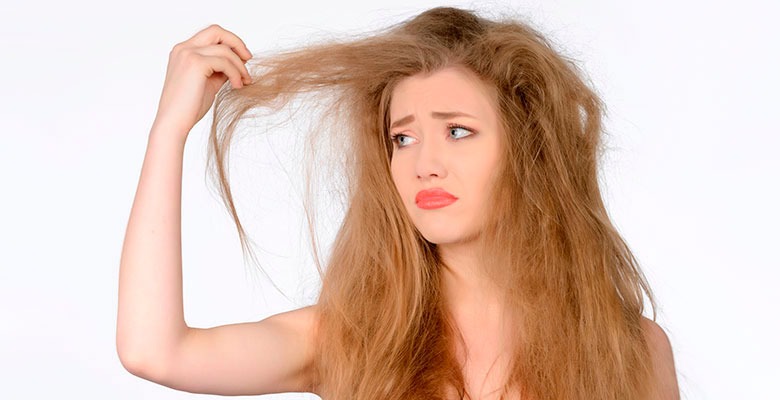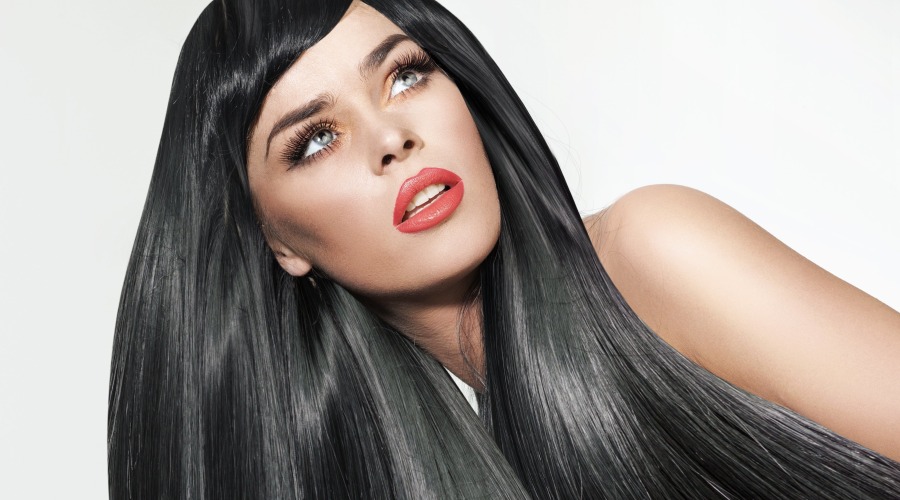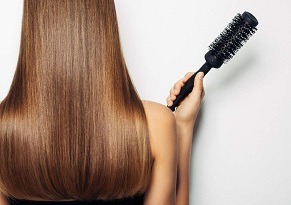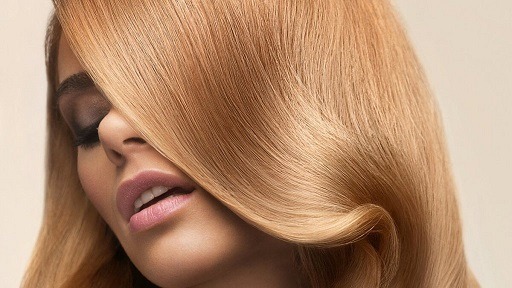Healthy Hair: A Rarity in Modern Life
Healthy hair is a rarity in our reality. Frequent coloring, the use of styling products, poor environmental conditions, an unbalanced diet, and harmful habits all affect the health and appearance of the hair. Even with a carefully selected care routine, it can be difficult to eliminate dryness, brittleness, and dullness. In such cases, a professional can help by assessing the level of hair damage and selecting appropriate treatments or restorative cosmetics.
Below, we explain how hair damage is diagnosed and classified.
How to Assess Hair Quality: Professional Methods
Hair is made up of 90% keratin, lipids, natural pigments, and moisture compounds. Under a microscope, the structure of a hair strand resembles that of wood. The inner part is covered by the cortex, while the outer layer consists of hardened keratin cells. To assess hair elasticity, professionals use a microscope and collect the necessary information.
-
Collecting Client Hair Data
Since hair grows at different rates for everyone, the specialist will ask questions to determine this—how often the client trims the ends, what type of dye and developer are used. Information is also gathered on past bleaching, chemical treatments (e.g., Botox, keratin, nanoplastia, lamination, etc.). -
Visual Analysis of Hair Strands
The professional evaluates the quality of the coloring. If the hair is unevenly dyed, they may take steps to even out the pigment before applying any new color. The ethnic hair type (Afro, Asian, or Slavic) is also considered—this helps assess porosity before performing color or treatment services. -
Hair Washing Step
The stylist washes the entire head or a single strand with a deep cleansing shampoo. This removes buildup and reveals hair characteristics that may not have been visible earlier. -
Drying Without Styling Tools
Letting a strand air dry without using a brush, blow-dryer, or styling products helps reveal the natural condition of the hair. -
Elasticity, Porosity & Curl Strength Tests
These physical tests help assess the hair’s resilience and structure.
Based on the gathered data, the specialist can diagnose the level of hair damage.
5 Levels of Hair Damage
-
Level 1 – Healthy Hair
No chemical treatments or coloring. Hair is shiny, strong, and passes the elasticity test without stretching. -
Level 2 – Minor Damage
Symptoms include dryness, split ends, and dullness. -
Level 3 – Moderate Damage
Usually caused by bleaching with a 3% oxidant. Restorative treatments are needed to repair structural weakness. -
Level 4 – Significant Damage
Ends are visibly dry, lack shine, and stretch during the elasticity test. -
Level 5 – Severe Damage
Hair stretches excessively and does not return to its original shape. The structure is severely compromised.






